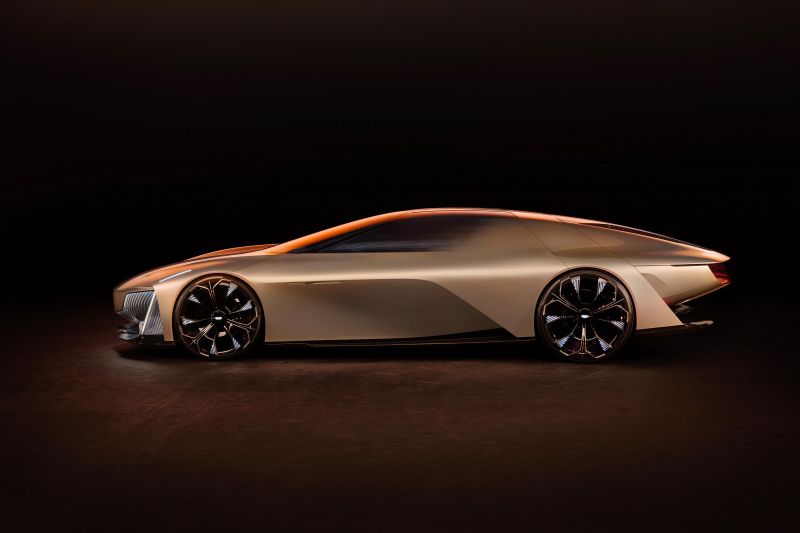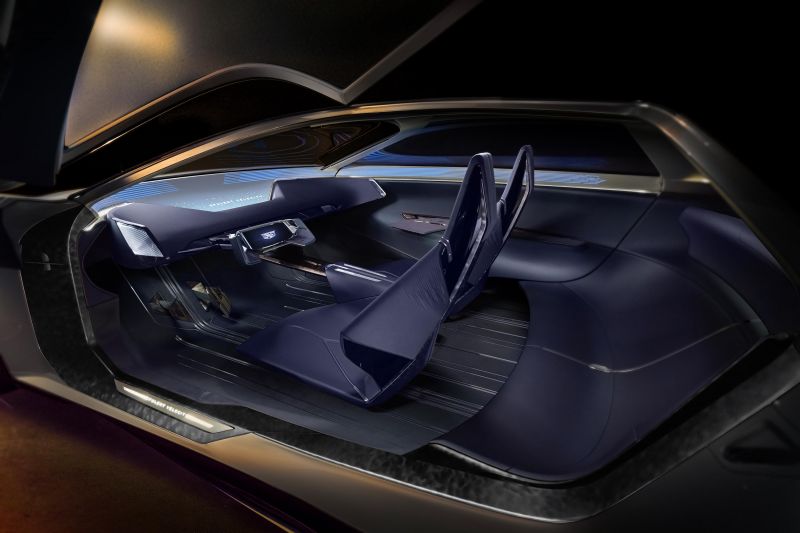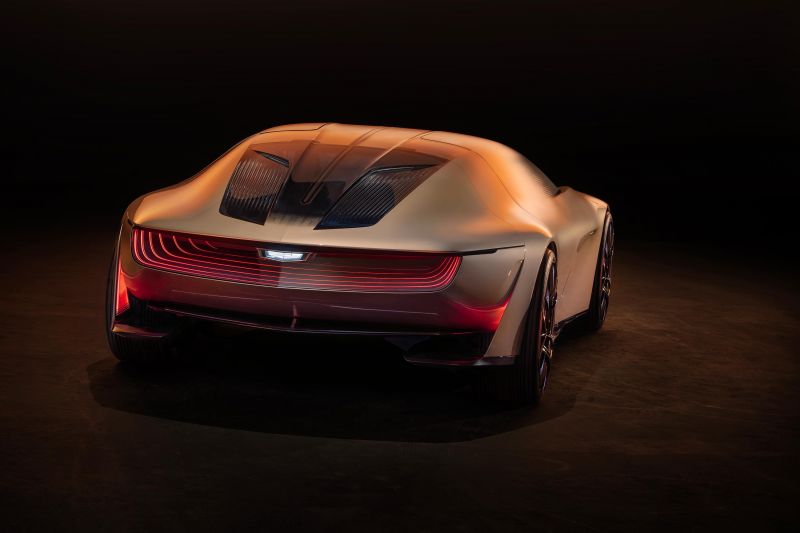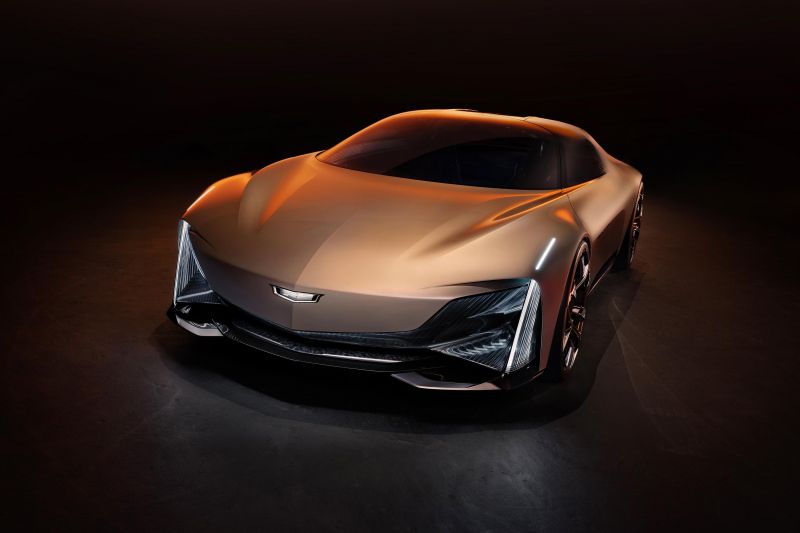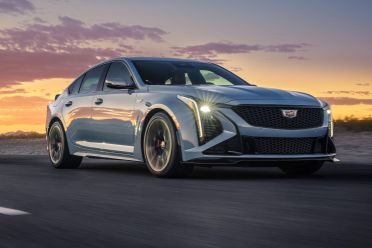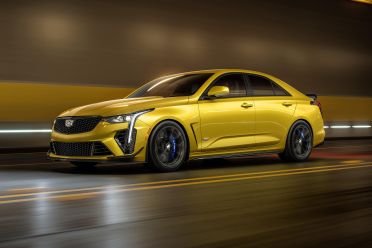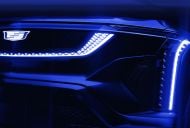Cadillac isn’t abandoning its V-Series performance line as it transitions to being an electric-only brand.
It has revealed the Opulent Velocity concept, a large 2+2 with butterfly doors which the company says “represents the future vision of electric performance for Cadillac V-Series”.
And while V-Series models have been best known for their high-performance V6 and V8 engines and their BMW M- and Mercedes-AMG-baiting capability, Cadillac says this design study offers thrilling electric performance and advanced hands-free driving capabilities.
In the concept, that means Level 4 autonomous driving capability that allows the vehicle to offer a “hands-free immersive experience through multi-sensory modes that promote respite”.
These use “curated art, entertainment and ambient light to immerse travellers in a sophisticated individualised hands-free experience”.
This isn’t just some autonomous driving pod, though. Cadillac says with the touch of the multi-functional controller, the Opulent Velocity transforms from autonomous mode to ‘Velocity’ and the steering wheel and pedals present themselves.
This mode includes road overlays, active information about road conditions, and allows the driver “complete control” over active aero and suspension dampening settings.
A ‘ghost car’ function displays on the augmented reality head-up display, allowing drivers to improve their lap times when tackling the track.
The front seats face a full widescreen display and sit on either side of a Y-shaped console and are mated directly the door, which Cadillac says helps secure the driver during high-speed manoeuvring.
The interior of the concept is finished in Selene, a metallic dark blue, and there are metal brush finishes, two-toned embroidery with prismatic embellishments, and cool-toned flax fibres coated with silver pearl flakes.
The Opulent Velocity has a large body with dramatic butterfly doors, and while the vertical daytime running lights are distinctly Cadillac the body is like nothing else the brand makes.
There’s a rakish roofline, a sloping tail, and side windows that appear to fade into the bodywork.
‘Crystal fluted detailing’ is used on the headlights, tail lights and grille, and there’s an illuminated badge up front within a 3D-lit grille. The exterior is finished in Gilded Pearl, intended to give it a soft, elegant appearance.
That’s rather unlike what V-Series models have been known for.
No V-Series model to date has featured electric power, with V-Series models instead taking on BMW M and Mercedes-AMG models with high-performance combustion powertrains.
Cadillac’s first V-Series model was the 2004 CTS-V sedan, which featured an overhead-valve 5.7-litre V8 (later a 6.0-litre) shared with the Chevrolet Corvette, mated with a six-speed manual transmission.
It was soon joined by the STS-V sedan and XLR-V convertible, which used a supercharged version of Cadillac’s Northstar overhead-cam V8, mated with a six-speed automatic.
These lasted a single generation, but the CTS-V went for two more generations, both with supercharged V8 power.
V-Series models were later joined by tamer VSport models, which forwent V8 power for twin-turbocharged V6 engines. That said, not every hardcore V-Series model has packed a bent eight, with the ATS-V for example being the first V with a twin-turbo V6.
In recent years, Cadillac revised its V-Series strategy, rolling out models like the CT4-V and CT5-V that are less powerful than previous Vs – the CT4-V even features a four-cylinder engine, a first for a V-Series – but replacing the full-fat ATS-V and CTS-V models with new CT4-V Blackwing and CT5-V Blackwing models.
It also introduced the first ever Escalade-V, the first time the V-Series name has been used on an SUV.





